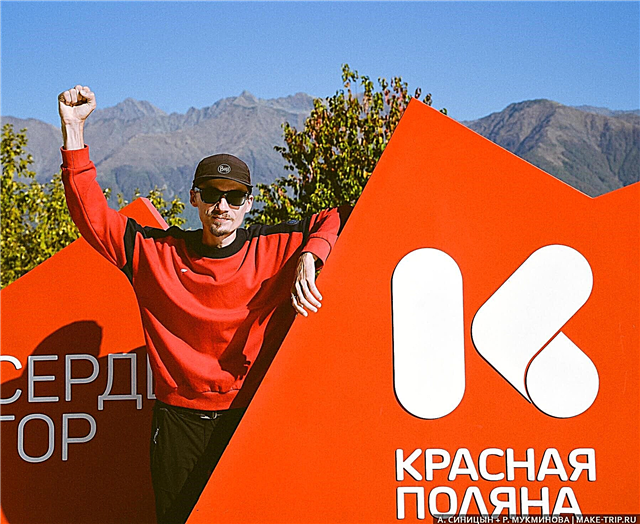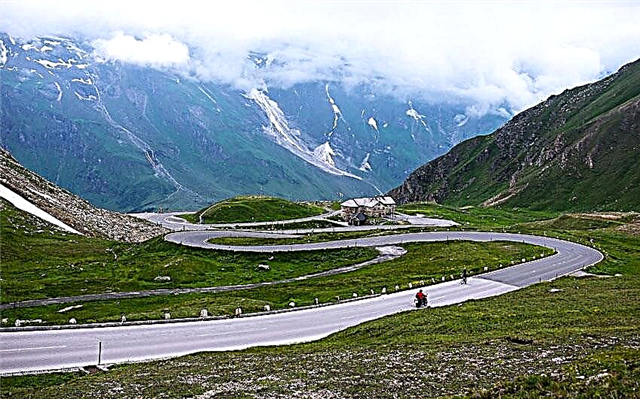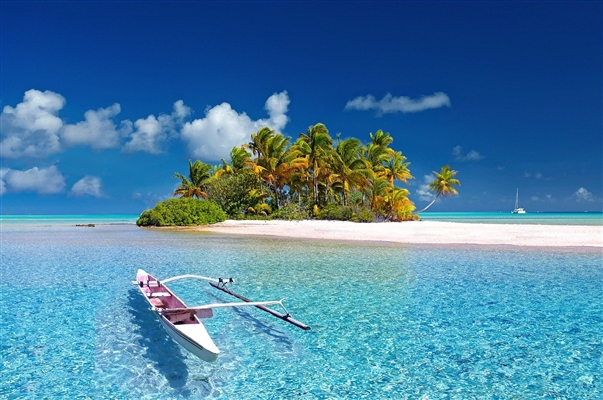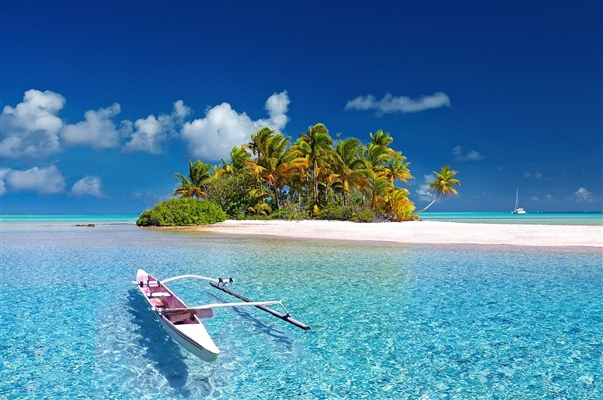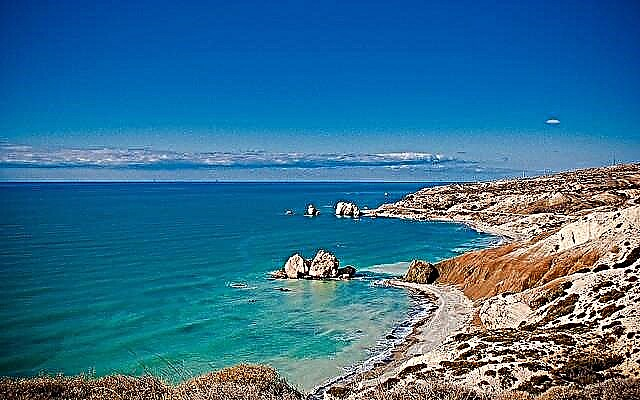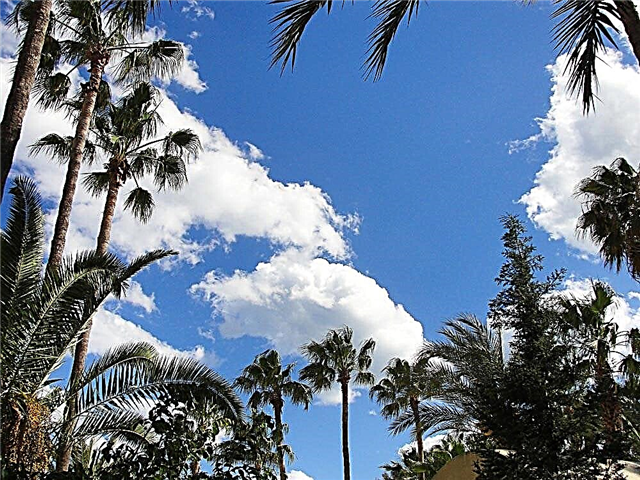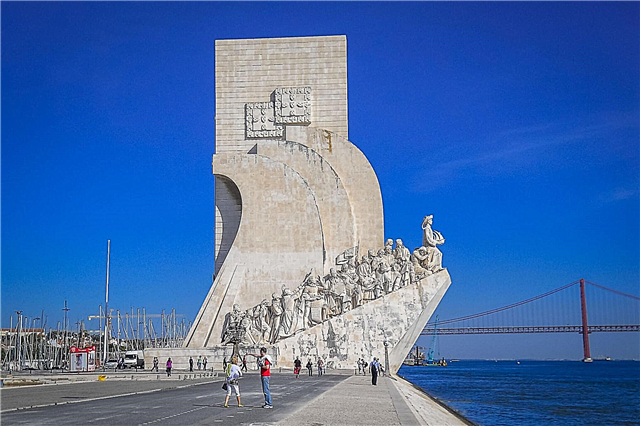The westernmost capital of Europe is a modern city. The absence of a large number of historical sights here is caused by the destructive earthquake of 1755. If the palaces and cathedrals were rebuilt, then there was no money and time for the monuments. But soon on the site of the former sights, new ones appeared. Some of them are just connected with the tragic events of the middle of the 18th century.
The Arc de Triomphe was laid one of the first at the start of the restoration of the city. She became a symbol of rebirth. Krishtu Rei is one of the interesting monuments of the agglomeration. This huge statue of Christ is outstanding in itself, but a lot of curious things are connected with the history of its creation. So women donated money to the project, as they were grateful to God for the non-participation of their sons and husbands in the Second World War.
Historical and modern monuments of Lisbon
List of the most famous monuments and sculptures in the city.
Triumphal Arch
The arch was laid in 1755, when the city was rebuilt after a great earthquake. And they completed the project completely in more than a century. Although Verissimo da Costa was originally appointed the author, several people were involved in the design of the arch. They added a clock and a lot of shapes. Some are allegorical, identified, for example, with Wisdom. Others depict historical figures like Vasco da Gama.

Equestrian statue of Jose I
One of the few monuments in the city, which was erected to a person during his lifetime. Opened on Commerce Square in 1775. Jose I was considered a reformer and was very popular with his people. The author of the attraction is Joaquin Machado de Castro. After the creation of the equestrian statue, he was assigned to work at the palace. The sculptor himself believed that the monument would have turned out even better if the king had posed for him.

Monument to the Discoverers
The monumental ship had a prototype - a temporary structure made for the 1940 international exhibition. It was demolished, and in 1960 a new monument, larger than the previous one, was opened. The main idea of the sight is to celebrate the era of geographical discoveries. Inside the structure there are exhibition halls, and outside there are figures of sailors, preachers, people of art and science.

Krishtu Rei
Located in the city of Almada, which is part of the Greater Lisbon metropolitan area. The name of the monument is translated as "Christ the King". The statue was erected at a height of 113 meters above the level of the Tagus River flowing nearby. The portico is 75 meters, and the statue itself is 28 meters. The opening took place in 1959. But the project has been in development since the 1940s. Cristo Rei - thanks to God for Portugal's non-participation in World War II.

Monument to the Marquis de Pombal
It has been standing in the center of the square of the same name since 1934. Sebastian Jose Pombal - Minister in the 18th century. His monument is turned towards the area, which was built in accordance with the plan of the marquis. There are sculptural images on the pedestal. With their help, you can trace the main achievements of Pombal, which are remembered for his career. There are boulders nearby - a reminder of the 1755 earthquake.

Column of Pedro IV
Location - the central part of the Rossio square. After the appearance of the monument here in 1854, the square was called by the name of Pedro IV, although this name did not last long. The Corinthian column is crowned with a sculpture of the most famous monarch. Female figures are installed at the base of the landmark. They are allegorical embodiments of Wisdom, Justice, Strength and Restraint.

Memorial to the Participants of the Colonial Wars
Dedicated to the participants in the hostilities of the 60-70s of the last century. Inaugurated in 1994. Nearby you can find a fort, which is also accessible to tourists. The memorial looks like an artificial reservoir, more like a shallow pool, with an abstract monument in the very center. In 2000, the composition was supplemented with tombstones with the names of more than 9 thousand soldiers and officers.

Monument to restorers
Dedicated to the victory of Portugal in the war for its own independence. Antonio Tomás da Fonseca designed the monument at the request of the authorities. The opening took place on Reshtauradorish Square in 1886. The central part of the composition is an obelisk with several tiers. On both sides at its base there are two allegorical figures contrasting with the obelisk. One identifies victory, and the other - independence.

Monument to Sakadura Cabral and Gaga Coutinho
Looks like a model airframe. This appearance of the monument is a tribute to two pilots who made a transatlantic flight on such an aircraft. Sakadure Cabralu and Gaga Coutinho made their way to Brazil in such a non-trivial way. The attraction is located in an open area. The low pedestal allows you to come up close and take a photo, reaching with your hand to the chassis.

Monument to King João I
It appeared in the Figueira square in 1971. King João I, who founded the Aviz dynasty, had many nicknames. Among other things, he was called the Great and Bastard. The main merit of the monarch is the preservation of independence by Portugal. Under the command of the king, Lisbon withstood a siege lasting 5 months. The author of the monument is Leopoldo de Almeida. In 2000, the equestrian statue was moved to another part of the square.

Monument to the victims of the Jewish pogrom of 1506
The monument was erected on the second attempt. The official opening took place in 2008 in the Plaza Sant Domingos. It was here that the Jewish pogrom began in 1506. A petty quarrel over the glare of light on the altar grew into the extermination of the Gentiles. In total, several thousand Jews died. The memorial consists of two parts. For the creation of one the Catholic Church was responsible, for the creation of the second - the Jewish.

Monument to Fernando Pessoa
Installed next to the cafe "Brasileira" and not far from the house where the writer was born. Fernando Pessoa is a poet, author of many well-established Portuguese expressions. He was not striving for fame and did not want his biography to ever be written. An interesting person received an equally interesting monument. The poet is represented as sitting at one of the tables on the terrace of a cafe on Garrett Street 120. This cafe is one of the oldest and most famous cafes in the city.

Monument to the heroes of the First World War
Located near Svobody Avenue. The park area around was created in the image and likeness of the French Champs Elysees and gardens. Surrounded by greenery of flower beds and lawns, there is a monument in memory of the Portuguese soldiers who died in the fields of the First World War. The sculptural group tries to cover as many events as possible and does not forget to mention the different groups of troops. "Serving the Motherland and the Law" is carved on the pedestal.

"Seller of lottery tickets"
The monument was erected near the Church of St. Roch. Since it is located in a convenient place for tourists, there are always people who want to be photographed next to the colorful character. Open-air café tables approach the sculpture. The lottery is one of the national entertainment of the Portuguese, so the monument to rub for good luck is also visited by locals who want to win.

"Pillory"
It was erected after the earthquake in 1755 on the Municipal Square of the city. It is a symbol of justice. Made in the style of the Renaissance. Marble, iron and stone were used as materials for construction. The height is about 10 meters. Most of the pillar is intertwining elements that form a spiral. A sphere is installed at the top. Recognized as a national monument in 1910.

Monument to Souz Martins
Installation site - a site in front of the building of the Faculty of Medicine. Souza Martins is a physician who has spent most of his career treating tuberculosis.The sculpture of a doctor stands on a white pedestal with a woman sitting at its base. There are always a lot of flowers, plates and notes around. People come to the monument to ask for the healing of diseases, and after recovery they bring something as gratitude.

"To the stackers of paving slabs"
One of the most unusual monuments in Lisbon. This is a real sculptural group. On a hectic day, you can pass by and not notice the bronze hard workers. They are made as tall as a person and captured in the process. The men seem to be laying tiles, and a drawing is laid out next to the pedestrian part of the street. Composition is a dedication to all those who decorate the city and make it better, even if their work is not always striking.

Monument to Juan Saldanha
Installed on the square of the same name in 1909. The initiator of the creation of the attraction was the House of Peers. The sculptor Thomas Costa was in charge of the project. João Saldanha is a duke, marshal and prominent statesman. His image is resolute, caught by the authors of the monument in motion. Below, in front of the massive pedestal, is the figure of an angel. Both sculptures point with their hands in the same direction.

Monument to the Duke of Terceira
It stands on a high pedestal, and the statue itself has been worked out to the smallest detail. The duke is dressed in a ceremonial uniform, with a sword hanging from his belt. Basic information is displayed on a white pedestal: name, years of life, title. Nearby there is a large road junction and a pedestrian segment of the street. Due to its location, the attraction is included in the routes of most sightseeing tours.

Monument to Antonio Ribeiro Chiado
Installed in the area of the same name, which is traditionally considered a shopping area. Chiado is the nickname given to the poet Antonio Ribeiro. He often visited local drinking establishments. A monument appeared near one of them. The writer is smiling and even extends his hand to an invisible interlocutor. Street performers perform in front of the statue. Its appearance is far from ideal, restoration is needed.

Statue of San Vicente
Work on the monument began in 1949. It was not clear what material to make it from, and the project was not approved immediately. Saint Vicente is a Spanish martyr. His remains were reburied and found rest in the local cathedral in 1176. The statue was completed by 1967 and was officially unveiled three years later. Raul and Luis Xavier portrayed San Vicente with a mock-up of a ship in their hands.

Monument to Afonso de Albuquerque
Opened on the square of the same name in 1902. Alphonse de Albuquerque was the chief architect of the Portuguese Empire. He also became famous for capturing the sea routes previously owned by the Arabs. The bronze statue stands at the top of a tall figured column. Closer to the base, figures of angels are seated in a circle, and between them are bas-reliefs. An excellent view of the Belem Palace opens from here.

Monument to Es de Queiroz
Stands in a small square. Esa de Queiroz is considered one of the main Portuguese writers. It has been immortalized in several cities in the country, but the Lisbon monument is the most interesting. The figure of a writer seems to grow out of a stone. Before him is a half-naked girl with outstretched arms. This image contrasts sharply with the appearance of Esa de Queiroch himself, dressed in a formal suit.

"Motherhood"
Refers to one of the city parks. This sculpture is the most remarkable object of the territory. The figure of a full lady is depicted in general terms, without any special details. She is holding a plump child in her lap. The monument is devoid of grace, rather large and is clearly visible from the road. Surrounded by a pond, flower beds, a network of paths. The pedestal is constantly painted by vandals, especially from the back.

Monument to Calouste Gulbenkian
Located next to the museum, named after the magnate and patron of the arts. The monument represents the figure of Gulbenkian himself, and behind him, folding its wings, sits a huge white eagle. Calouste settled down on a pedestal related to a powerful bird. Neat paths lead to the sights. The territory was last cleaned up in 2002. The biggest changes have just affected the park.


